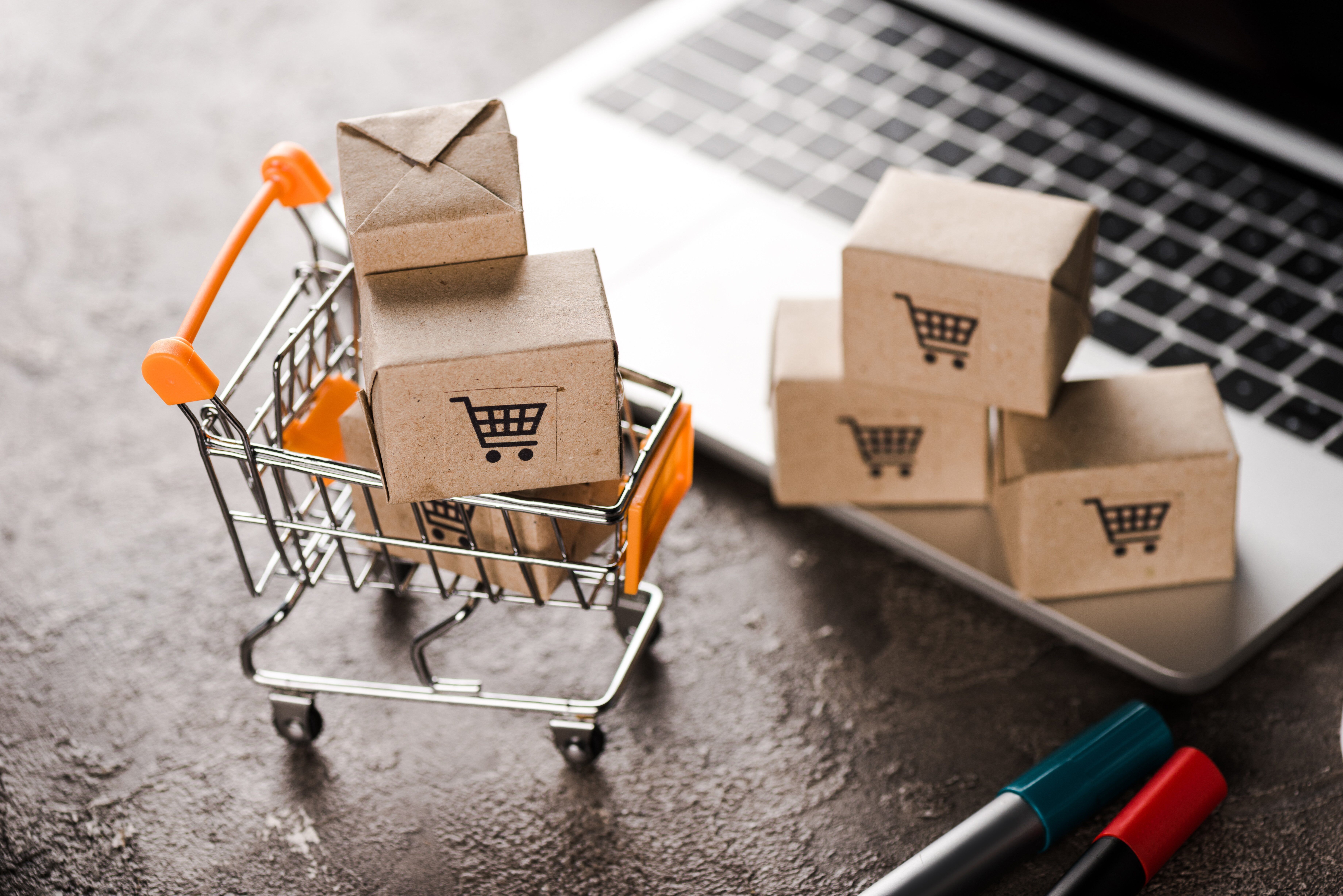E-commerce Logistics: challenges to be overcome post-2021

Over the last year, the rules of e-commerce logistics have been rewritten. The pandemic and the need for social distancing have given an unprecedented momentum to online shopping, also involving consumers accustomed to relying on physical stores. According to the estimates of the "E-commerce in Italy 2021" report by Casaleggio Associati, 80% of consumers searched for products or services online, more than 90% visited a virtual store and almost 77% made online purchases.
The sudden increase in demand has accelerated the growth of e-commerce by several years, reaching a turnover of 10.780 billion dollars in May 2021.
To remain competitive on the market and respond to the new needs of consumers, companies will therefore have to deal with new scenarios and prepare in time for the challenges to be overcome after 2021.
The latter include the resilience of the supply chain, the development of high value-added services, the improvement of the digital customer experience, and the health of operators and the environmental sustainability of online purchases.
Resilience of the supply chain
Peaks in demand, new growth prospects, and a shortage of staff and obsolete technologies characterize the e-commerce sector in the post-Covid era.
The watchword, even in 2021, continues to be "resilience", as the ability to successfully face and overcome trauma and difficulties. But how to apply it to the e-commerce logistics sector?
A resilient supply chain can promptly respond to changes, thanks to a high level of flexibility, both in terms of production and distribution.
The ability to reorganize assets as the scenario or demand changes makes a difference in the market. This is possible thanks to the use of WMS (Warehouse Management System) for the efficient management of stocks and supplies, the creation of trusting relationships with suppliers, so as to guarantee supplies in the event of unforeseen events, and widespread distribution of the warehouses throughout the territory.
Last, but not least, we find the optimization of websites and management systems is at the foundations of online shopping platforms.
The customer expects a smooth and seamless virtual experience. If the site crashes, having a warehouse full of products ready to be distributed will not be enough to guarantee service or customer satisfaction.
1. Innovative logistic services
Flexibility, speed, integration between physical and virtual stores: these are the characteristics of the most innovative logistic services.
In particular, among post-2021 challenges, the optimization of delivery methods deserves attention, as they increasingly tend to respond to the personal needs of customers.
Among the most popular systems, we find:
- Delivery and collection at home: on-demand, in the evenings, over weekends, fast-shipping, via digital keys.
- Delivery and collection at "third party" locations: post offices, lockers in transit areas (such as train and underground stations...).
- In-store delivery and pick-up: fast delivery allowing to access stock in stores and go to the physical place just for additional consulting services.
2. Customer Experience
Customers today expect to receive their online orders the day after purchase, to track the package at any time, just with a click, and to be able to return wrong purchases in a simple and free way.
Fostering customer loyalty for an e-tailer means, first of all, responding to these expectations, made ever higher by the performance of giants like Amazon.
All this requires significant investments in technologies aimed at providing real-time visibility on the status of stocks and order fulfillment, supply chain touchpoints, inventory and return logistics.
3. Environmental sustainability
The theme of "sustainability" has been gaining more and more importance lately, especially among young people, coming to influence their consumption choices.
In e-commerce logistics, the environmental impact is evident above all concerning product packaging and the transport of purchases and returns, which increases traffic and, consequently, pollution.
Recent Netcomm research shows how 80% of Italian e-shoppers deduce a company's attention to the environment from the use of eco-sustainable packaging.
Adopting models based on the Green Economy, therefore, not only allows for the sustainable use of resources but also makes e-commerce more attractive to consumers.
The solutions, in this sense, are many: choice of producers with low environmental impact, use of clean energy in warehouses, sustainable and reusable packaging for the rest, etc.
5. Operators' health and continuity of service
Finally, one of the biggest challenges for the future is certainly that of avoiding closures and service interruptions and guaranteeing the workers’ health. To do this, it is possible to resort to technological innovations and precise safety regulations.
One could, for example, digitize the distancing between workers and the tracking of positives within the structures, or resort to the use of Robotic Process Automation to relieve staff from potentially dangerous or alienating activities.
These types of care will not vanish at the end of the health emergency but are intended to accompany organizations and workers in the "new normal", both in terms of e-commerce and traditional logistics.







